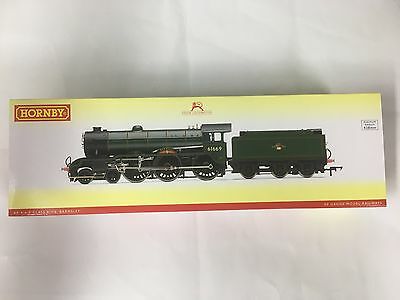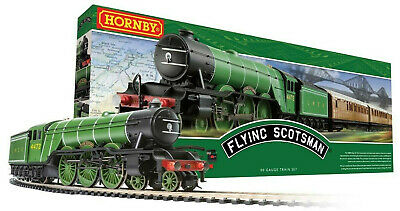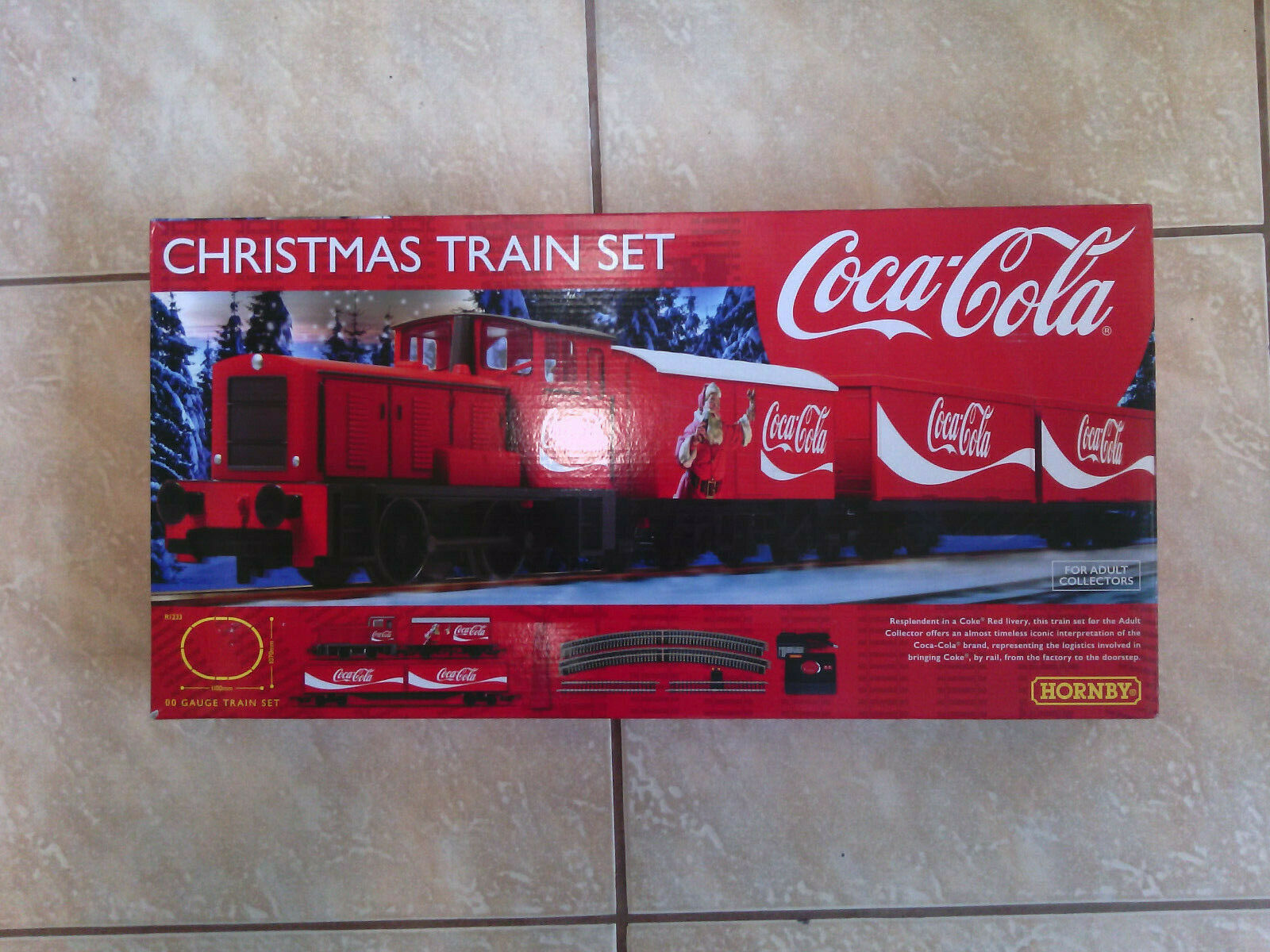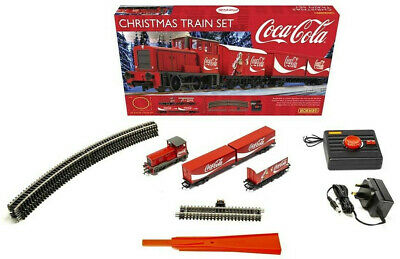-40%
Hornby R3003X, BR 4-6-0 'Barnsley' B17/6 Class - Late BR DCC Fitted
$ 65.04
- Description
- Size Guide
Description
R3003X, BR 4-6-0 'Barnsley' B17/6 Class - Late BR DCC FittedBy the mid I 920's there was a critical need for locomotives suitable for the increasing passenger traffic on the GE District (formerly Great Eastern Railway) but track limitations prevented the transfer of locomotives from other regions. Nigel Gresley was required by the LNER to produce a 4-6-0 design to supplement the existing B 12 locomotives serving that region. Initial specifications were for a three-cylinder 4-6-0, borrowing the cylinder and motion arrangement of the D49 4-4-0 but with a tractive effort of about 25,000lb and restricted axle loading of 17 tons_ The Doncaster Works had many problems meeting the specifications and the contract was given to the North British Locomotive Company (Glasgow) in December 1927. The eventual axle loading was 18 tons.
The final design of the B 17 Class incorporated many features of the A I Pacifies built in 1924 but several modifications were required before the first B 17 was delivered in late 1928. Between 1930 and 1937 a total of 73 B 17 locomotives were produced by Robert Stephenson & Co. at Darlington and Glasgow.
Continuous modifications throughout the building programme resulted in four sub classes, B 17 / I - B 17 /4. One of the many teething problems suffered by the Class included cracked frames and an attempt to cure this resulted in sub class B 17/2 which had lighter driving axlebox springing and stiffer bogie springing, however the problem continued. Further modifications resulting in sub class B 17/3 included horn blocks in place of guides on the middle axle. Despite further attempts to improve their springing, the Class was always considered a 'rough rider'.
The final B 17s to be built (B 17/4) intended for routes with fewer length restrictions, were produced with 4,200 gallon LNER Group Standard tenders. Locomotive Parts I, 2, and 3 were merged to form the new Class 817/1 in 1937 with 3700 gallon GE tenders. Between 1943 and 1958, 55 of the Class underwent further modifications including the fitting of Diagram IOOA boilers, thus becoming 817/6.
The first 47 of the Class were named after English Country Houses, with most of the remainder being named after football teams, thus the Class became known as 'Sandringhams' or 'Footballers'.
Locomotive 2869 named 'Barnsley' was outshopped on the 5th May 1937. It was re-numbered as '61669' when passed to British Railways in 1948. The locomotive was rebuilt from a B 17/4 to a B 17/6 in September 1949. After 21 years of service it was withdrawn from Shed 328 Ipswich on the 20th September 1958, it was cut up on 30th September 1958 at the BR Doncaster Works. None of the Class were preserved.
















